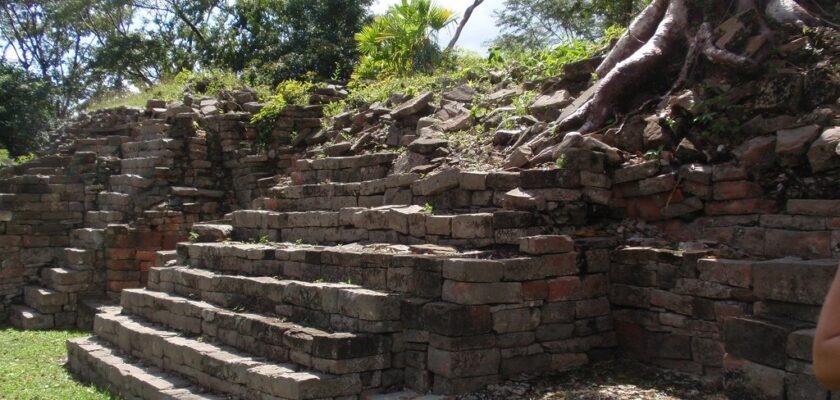Lubaantun
Lubaantun is an archaeological site, a former city of the Mayan civilization in present-day Belize. It is located in Toledo District, about 30 km northwest of the district center, Punta Gorda, and about 3.5 km from the village of San Pedro Colombia. It is located at an altitude of 18 meters above sea level. A distinctive feature is the large number of miniature ceramic finds found at Lubaantun.
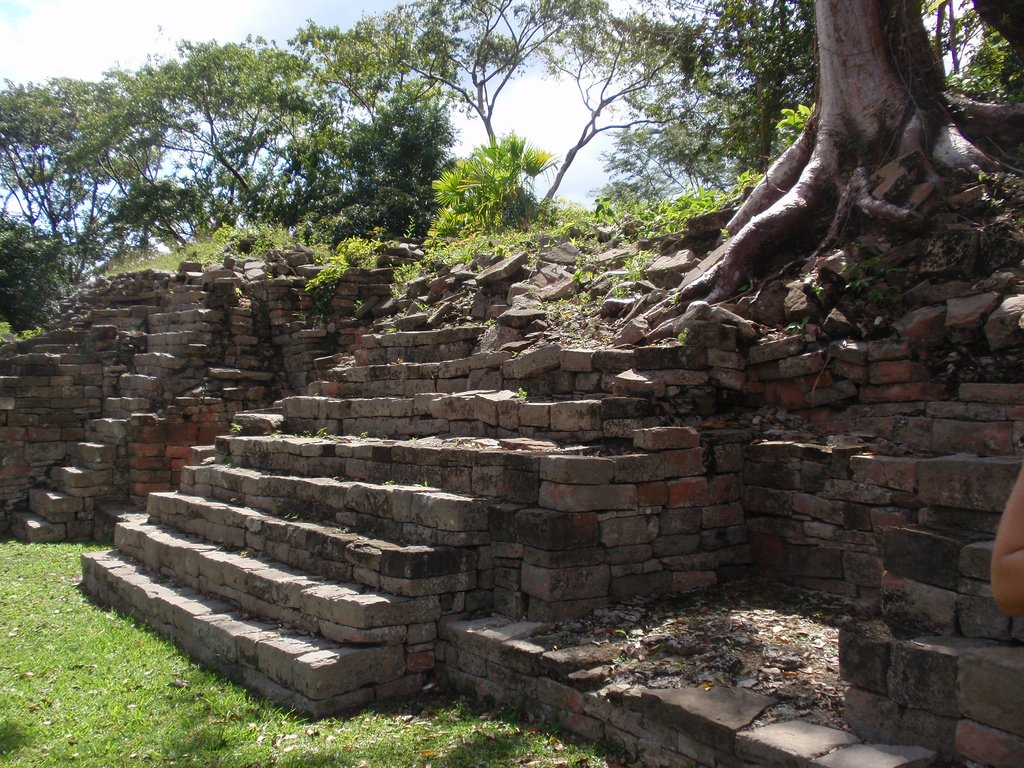
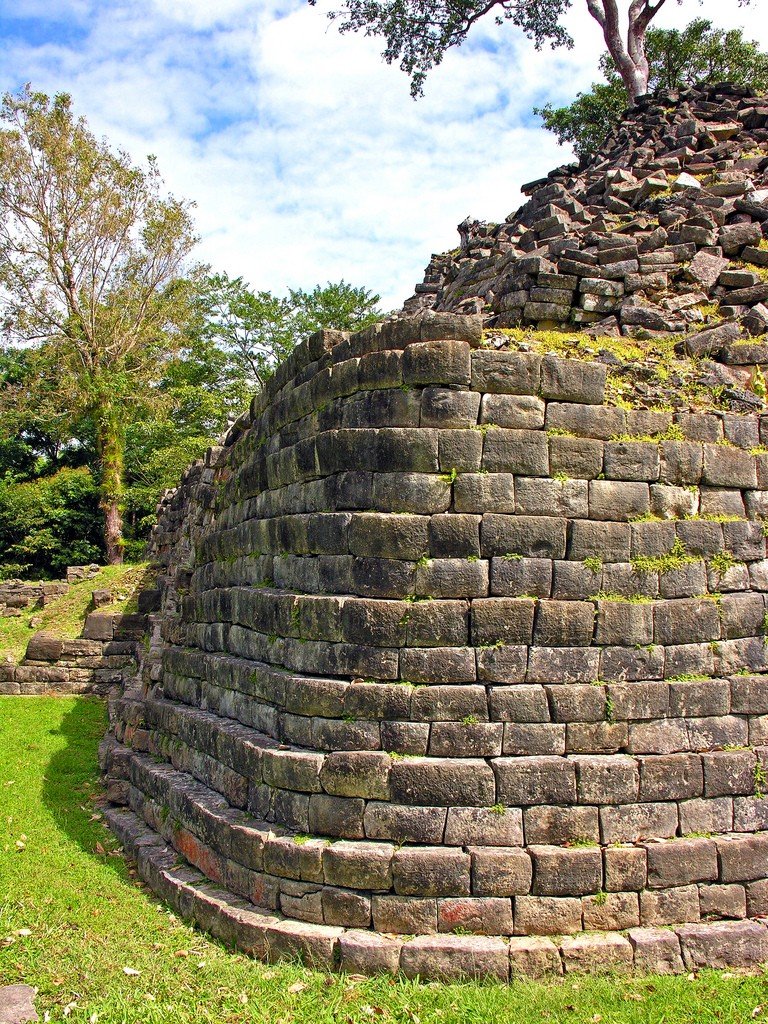
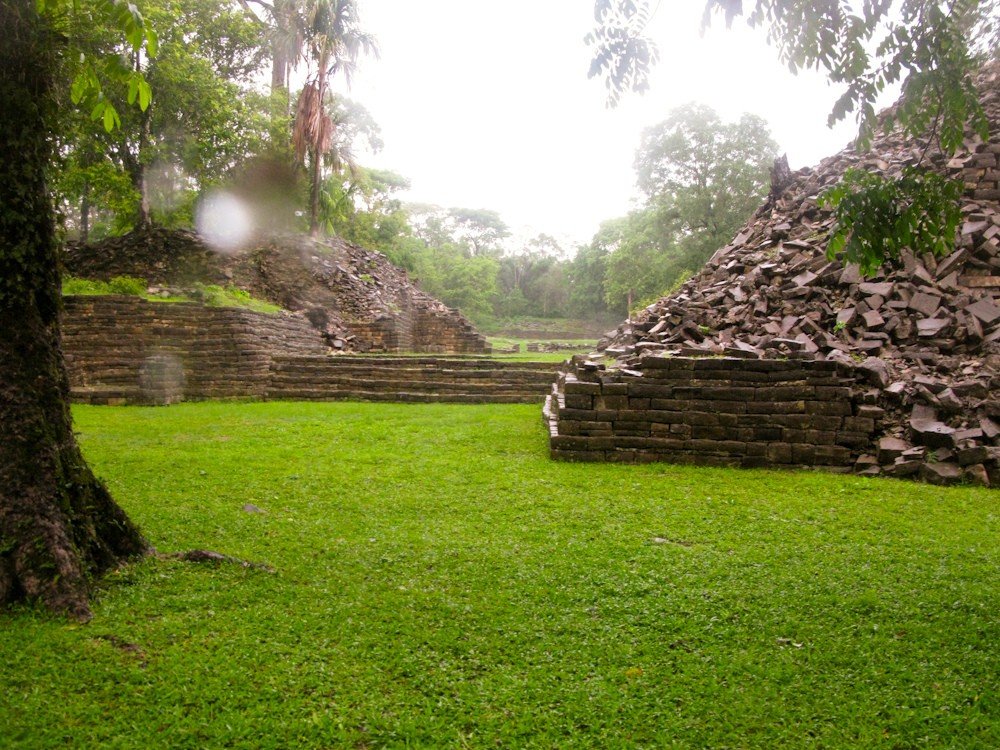
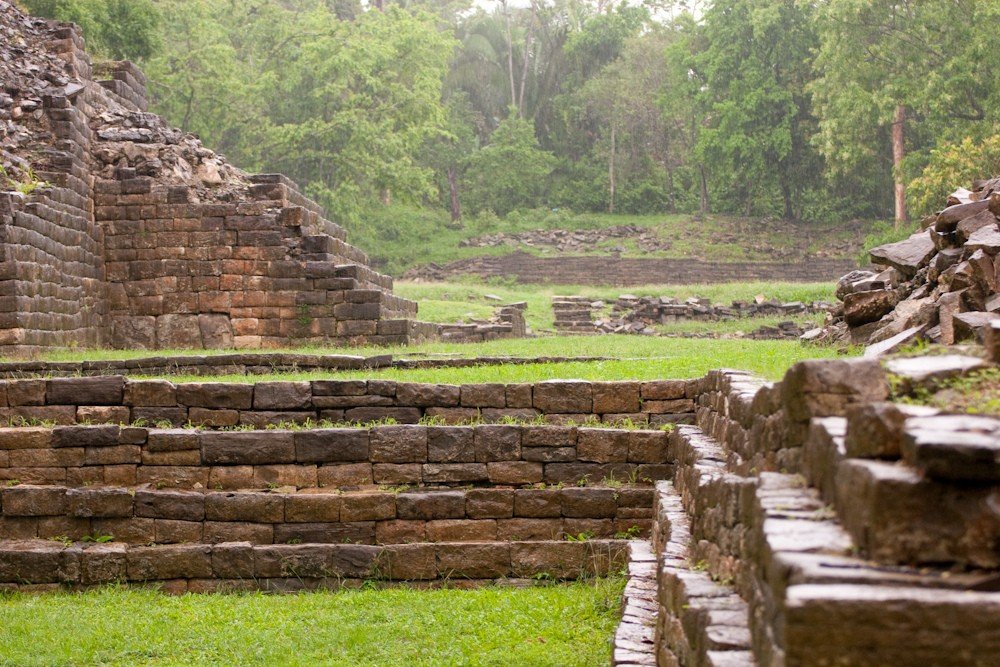
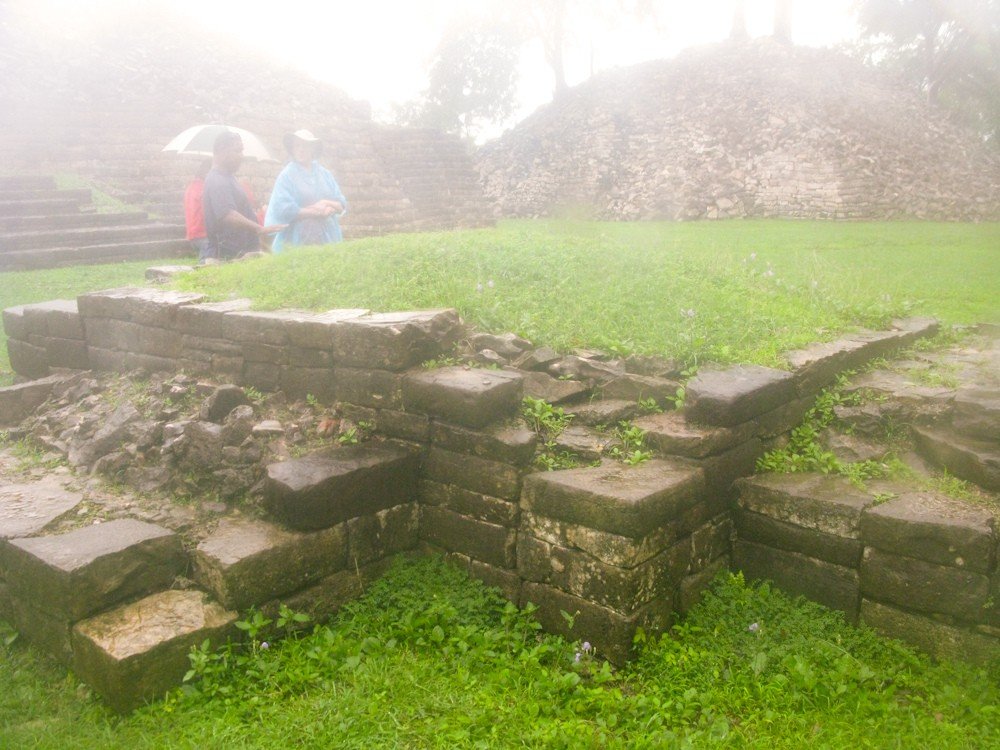
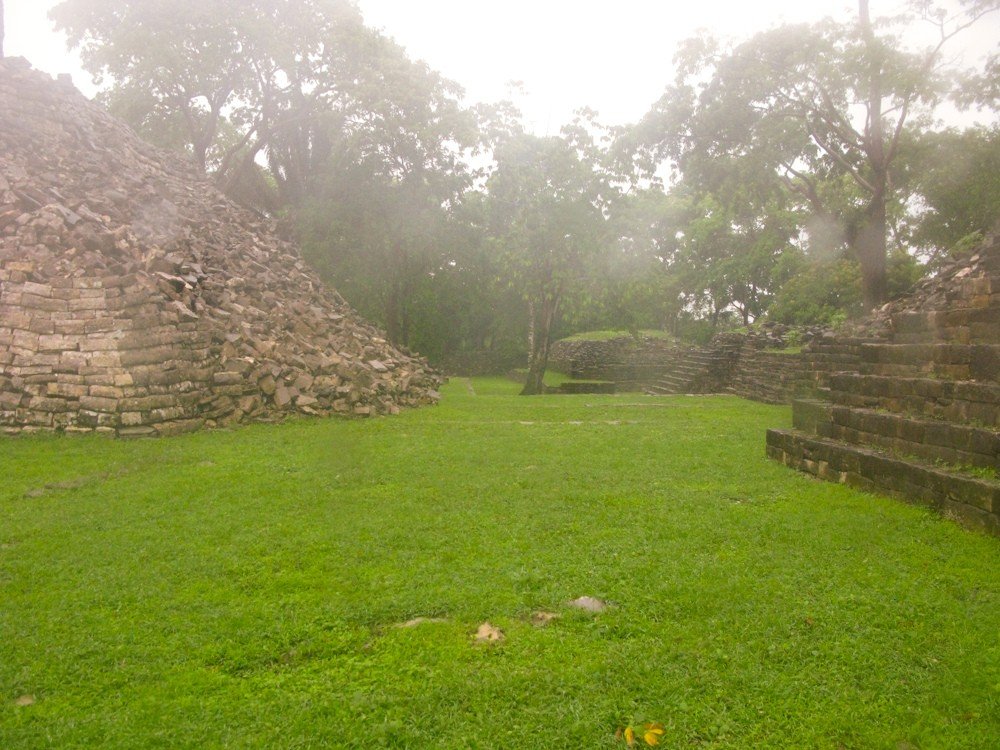
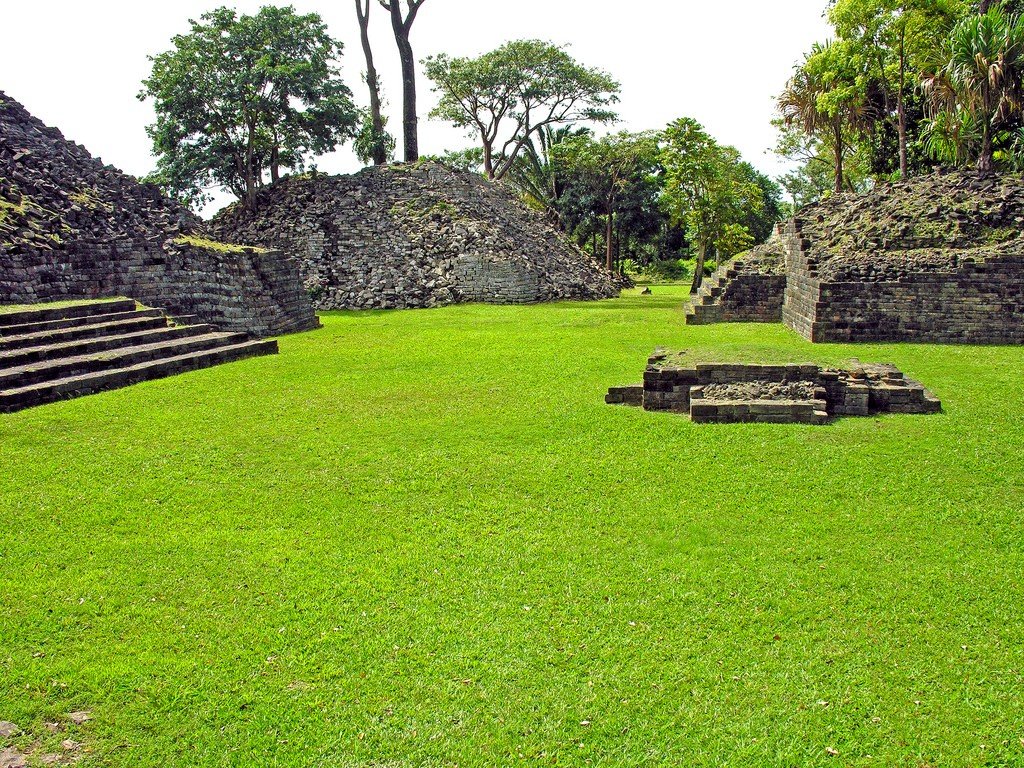
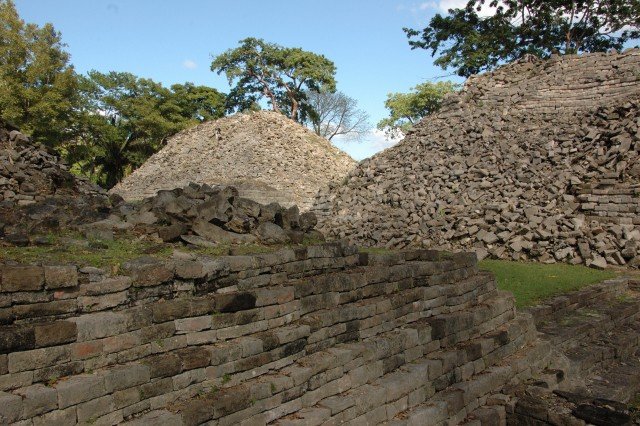
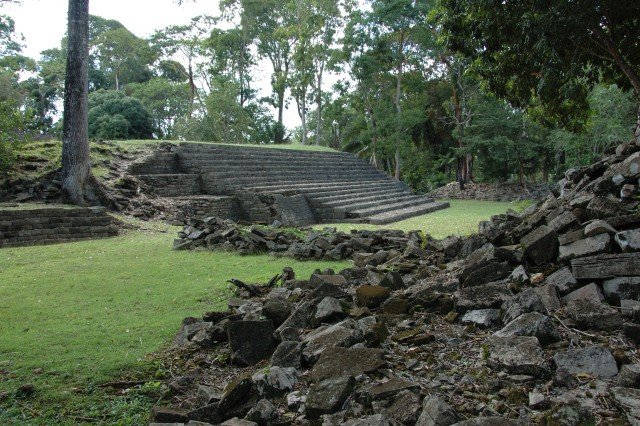
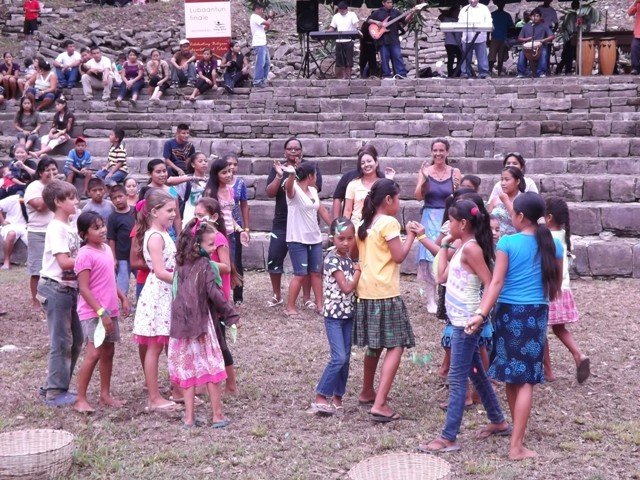
Name
Translated from the Mayan language, Lubaantun means “city of fallen stones”. The first buildings date from around 700 AD, with the period of active use of the area occurring from 730-890 AD. In the early 10th century AD, people abandoned Lubaantun and it fell into disrepair.
.History and architecture
This place is interesting for several reasons.
.First – the architectural style in which Lubaantun is built is very different from the traditional Mayan urban style. Some scientists suggest that it was built by someone else, and the Maya only used the found settlement, but official science does not take such a theory seriously. Most of the pyramidal constructions of Lubaantun have rounded corners. Besides, all of them were built without the help of mortar: each stone used in the construction was carefully measured and precisely matched to another in the masonry. There are no stone steles characteristic for the Maya in the settlement. All in all, an atypical Maya city.
.Secondly, it was in Lubaantun that the most famous crystal skull was found – the so-called Mitchell-Hedges skull (aka Skull of Destiny), which supposedly emits light from the eye sockets and causes computers to malfunction. A bit of history: the first archaeological expedition to Lubaantun was undertaken by Thomas Gunn in 1903, which is actually considered the year of the modern discovery. In 1924, Thomas Gunn returned to Lubaantun and his expedition was joined by English adventurer Frederick Arthur Mitchell-Hedges, who acted as a correspondent for the Illustrated London News. The photographs taken by Mitchell-Hedges cause a surge of interest in the Maya cities in England, and in 1925 he returns to Lubaantun again for a new batch of photographs. And then the legendary skull appears. Allegedly, Mitchell-Hedges’ adopted daughter, walking on the excavations, accidentally saw a gleam in the roots of a tree at one of the pyramids… So said Anne Mitchell-Hedges herself, who after her father’s death kept the skull. But the official version says that this skull was bought by Mitchell-Hedges in London at the Sotheby’s auction in 1945, about what there are relevant documents. Where is the truth, where is the fairy tale – let everyone decide for themselves.
.
Nevertheless, if you are in Belize – get to Lubaantun. Who knows, suddenly and you will gleam under the roots of trees another mysterious skull..
Address
Lubaantun, Toledo District, Belize
.